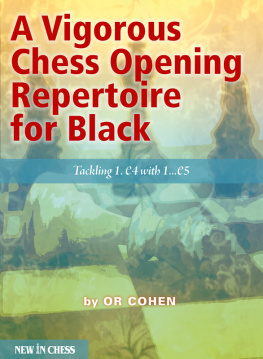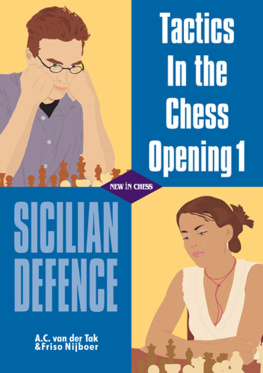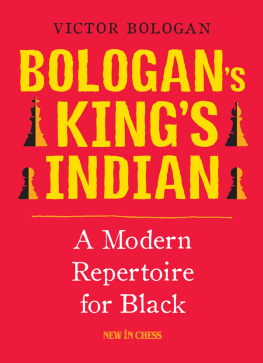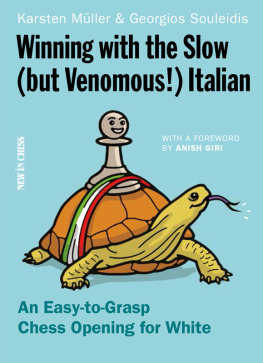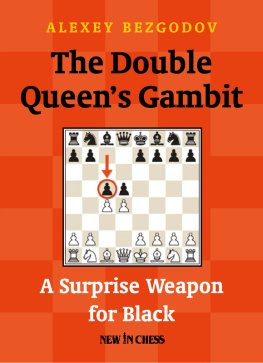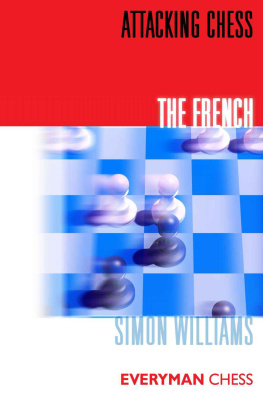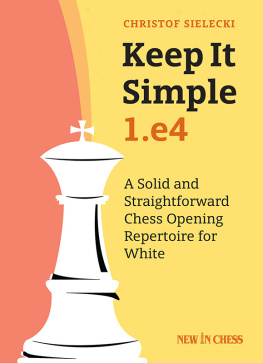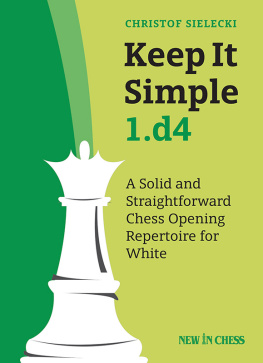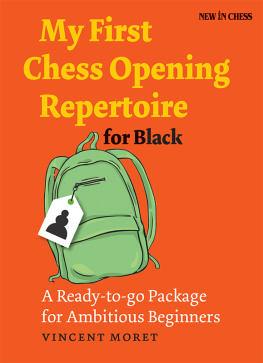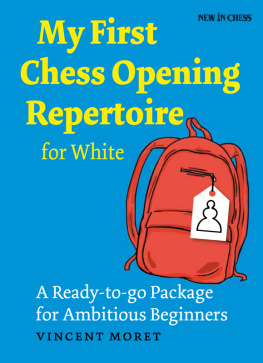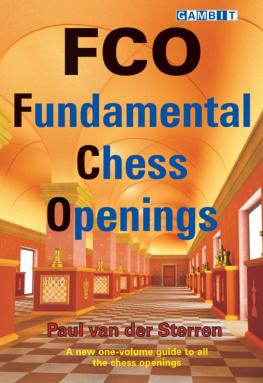A Vigorous Chess Opening Repertoire for Black
Or Cohen
A Vigorous Chess Opening Repertoire for Black
Tackling 1.e4 with 1e5
New In Chess 2013
2013 New In Chess
Published by New In Chess, Alkmaar, The Netherlands
www.newinchess.com
All rights reserved. No part of this book may be reproduced, stored in a retrieval system or transmitted in any form or by any means, electronic, mechanical, photocopying, recording or otherwise, without the prior written permission from the publisher.
Photos: New In Chess archives
Cover design: Angelo Spiler
Supervisor: Peter Boel
Proofreading: Ren Olthof
Production: Anton Schermer
Have you found any errors in this book?
Please send your remarks to and implement them in a possible next edition.
ISBN: 978-90-5691-439-4
Introduction
1e5 is the most reliable continuation against 1.e4. No one can doubt this anymore. In fact, recently 1e5 has been the reason for many elite players to switch from 1.e4 to 1.d4, 1.Nf3 or even 1.c4.
Although mere mortals, i.e., players below 2600 Elo, should not be so influenced by the fluctuating trends of the elite, and should concern themselves more about endgame technique and calculating skills, eventually we all still play the same game and pay the same stiff penalty for our openings misconduct in the form of rating points. The high-level innovations by supreme theoreticians such as Vasily Ivanchuk, Viswanathan Anand and Veselin Topalov eventually get absorbed on the lower levels and also change the landscape in which theoretical battles take place between 1900-2400 rated players. The most significant example is the vast popularity of the line 1.e4 e5 2.Nf3 Nf6 3.Nxe5 d6 4.Nf3 Nxe4 5.Nc3 in the Petroff Defence this variation emerged as the main weapon of enthusiastic club players around the world, who try to follow in the footsteps of Anand and Topalov. There is virtually no 1.e4 opening manual or DVD that does not recommend this aggressive system for White, which is strategically poor but dangerous.
My own 1e5 repertoire is based on that same, very dependable Petroff Defence: 1.e4 e5 2.Nf3 Nf6. This opening means a lot to me as a chess player. I find it very natural, harmonic and relatively easy to employ, after many years of practice. I also firmly believe that the Petroff will never be refuted, unlike many lines in the Sicilian or other defences for Black. The beauty in the Petroff is that Black hardly has to make any concessions for his relatively active piece play and the absence of weaknesses in his structure. If you compare this to the Sicilian Dragon, for instance: whereas there, Black has a very clear plan and easy development with no structural weaknesses, he has to pay a very costly price for this privilege. White has a direct path for an assault: push h4-h5 and attack along the h-file. Otherwise, the Dragon would be the perfect opening. If you compare the Petroff to other challenging Sicilian systems, in most of the latter Black is very cramped and passive within the first 20-25 moves. The pawns e6, d6, which characterize the Najdorf and Scheveningen systems, do provide Black with great potential to take over the centre and exploit the fact White is missing an important central pawn, but they are also a real liability during the first 20-25 moves, and make it very hard for mere human players to withstand Whites initiative and to master these systems.
On the other hand, contrary to the many prejudices, the Petroff can be mastered with relative ease. The only price Black has to pay is that sometimes the positions are quite simplified, but this does not happen so often as many players claim. Against ambitious white players, a fierce battle can be expected.
However, the first part of this book, which deals with Whites alternatives to the Petroff, is by no means less important. I honestly believe that my recommendations against the Vienna Game and the Kings Gambit are unique and very powerful. My recommendation against the Scotch Four Knights is quite extravagant and could be criticized. However, I believe the mainstream solutions for Black in this opening lead to very dry and exhausted positions and my ambition was to challenge theory escapists out of their comfort zone.
Part 2 and 3 of this book are a comprehensive study of the Petroff Defence. My recommendations are based on the games and choices of top GMs such as Vladimir Kramnik, Boris Gelfand, Wang Yue, Jan Smeets (whose preparation and style are worth paying attention to) and Anish Giri. The guideline for choosing the games presented in this book was very meticulous and deliberated. I chose to present as objectively as possible mostly relevant theoretical battles. I dont believe in pretentious books titled Winning with the, especially when they deal with an opening repertoire for Black. Its quite ironic for me to say this, as you will notice that in many of the lines I claim a small or even a clear advantage for Black. However, this has nothing to do with being bi ased or prejudiced or a more severe verdict not objective. Many of Whites attempts (especially among club players) are dubious and naive at best, and many of them are simply mistaken and losing. This book has nothing to hide, and I never delude or mislead the reader regarding what I perceive as the true evaluations.
Throughout this book I have made extensive use of Houdini 3.0 pro x64. I think it is only fair to say that a 2400 Fide master is not privileged enough to make his own assessments of the positions of top players, and neither is he in a position to elaborate on their analyses without the usage of this chess monster. However, this hasnt prevented me from trying to be as lucid and instructive as I could hope to be.
The nature of the chess game has significantly changed in the past two decades and this tendency will continue to grow towards extreme monstrosrty. Chess is now more concrete and dynamic than ever. As much as I like and appreciate David Bronsteins Zurich 1953 tournament book, his writing style (with virtually only verbal comments) could not be imitated in our era.
The Petroff Defence is probably the most defamed of all the reliable openings. To many chess fans around the world it epitomizes boring, drawish play. Well, these chess fans simply have to accept the bitter fact that the primary goal of top players is to attain equality with black. Indeed, you can hardly triumph in decent Swiss open tournaments by solely playing the Petroff as Black. I never claim anywhere in this book that black players should stick to one opening against 1.e4. Players rated above 2100-2200, whose games are already published in Megabases, should avoid becoming easy targets for malicious home preparation.
My belief that a combination of some sort of Sicilian as Black along with 1e5 is the most lethal and dangerous combination: I think that Boris Gelfand is the role model to follow in that sense.
But apart from that, as I have claimed in the above and hope to prove with the analysis in this book, the Petroff is perfectly playable for Black, and not only to draw. If you learn to work with its structural solidity and active piece play, it will gain you many (full!) points in tournament practice.
Some words of advice:
In order to derive the greatest benefit from my book, I really recommend you to create PGN/CBH files with the variations you intend to use, out of the games presented in this book. This is a proven method to abstract the relevant knowledge you acquire while studying the games. The reason for this is our human tendency to forget subtleties and concrete variations. You cannot expect to remember every forced variation (unless you have a photographic memory) suggested in this book. You must refine the important lines that you intend to implement into folders with references to the games I examined.
Next page
